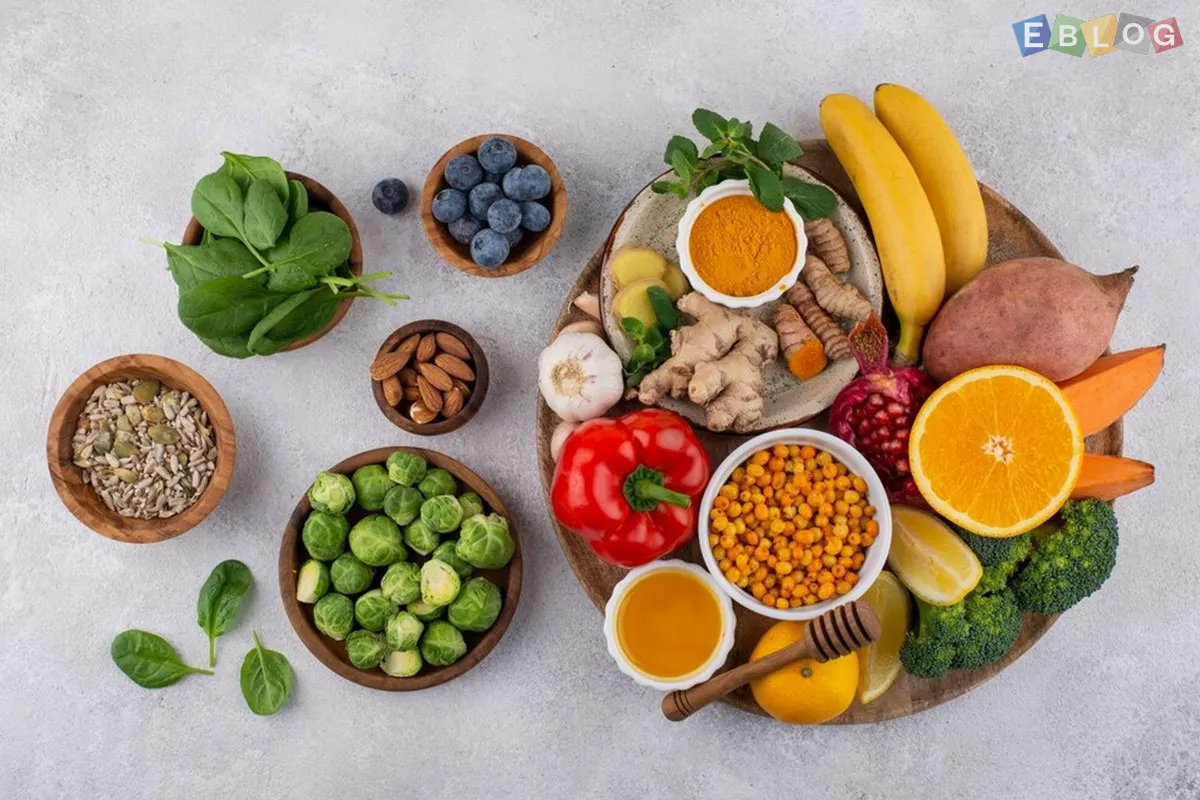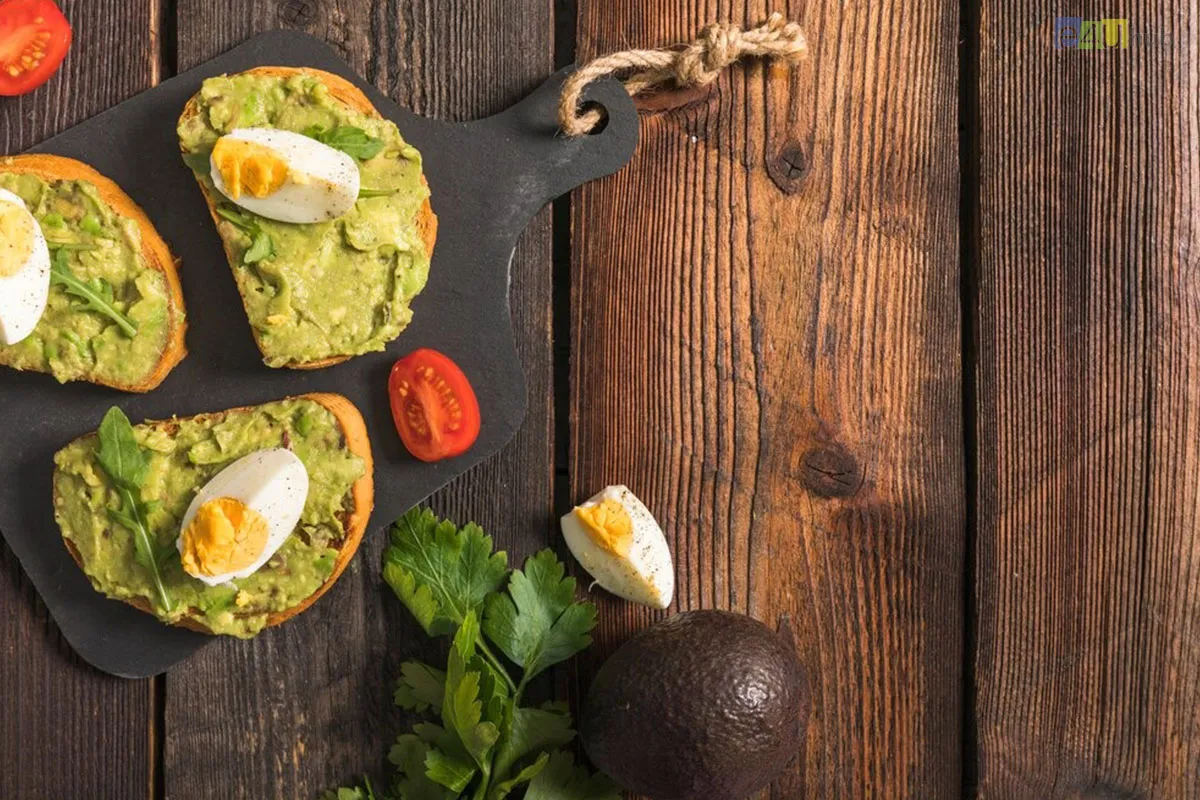
How to Create Balanced Meals for Better Nutrition
- 22 Aug, 2024
- Food
- 580 Views
- 0 Comments
In today’s fast-paced world, maintaining a balanced diet is key to staying healthy and energized. Balanced meals provide your body with the nutrients it needs to function optimally, helping you stay focused, manage your weight, and improve overall well-being. But what exactly does a balanced meal look like, and how can you create one? This guide will break down the essentials of balanced meals and offer practical tips for incorporating them into your daily routine.
1. What is a Balanced Meal?
A balanced meal consists of the right proportions of macronutrients—carbohydrates, proteins, and fats—along with vitamins, minerals, and fiber. A well-balanced plate typically includes:
a. Half of the plate is filled with vegetables and fruits (preferably non-starchy veggies like spinach, carrots, and bell peppers).
b. A quarter of the plate with lean proteins (such as chicken, tofu, fish, or legumes).
c. A quarter of the plate with whole grains or starchy vegetables (like quinoa, brown rice, sweet potatoes, or whole wheat pasta).
d. Healthy fats in moderation (from sources like olive oil, nuts, seeds, or avocados).
2. The Importance of Each Nutrient
Understanding how each macronutrient and micronutrient contributes to your health will help you better plan your meals.
a. Carbohydrates are the body’s primary energy source. Opt for complex carbs like whole grains, fruits, and vegetables, which provide lasting energy and essential fiber.
b. Proteins are vital for muscle repair, hormone production, and immune function. Incorporate a variety of protein sources, including plant-based options like beans and lentils, alongside animal sources.
c. Fats are essential for brain health, hormone regulation, and absorbing fat-soluble vitamins (A, D, E, and K). Prioritize unsaturated fats from avocados, nuts, and fatty fish while limiting saturated and trans fats.
d. Vitamins and minerals are critical for overall health, supporting everything from bone strength (calcium) to immune function (vitamin C and zinc). A colorful plate rich in fruits and vegetables ensures you’re getting a broad range of these nutrients.
3. Tips for Building Balanced Meals
a. Start with Vegetables and Fruits
Make non-starchy vegetables the star of your meal. They’re low in calories but high in nutrients and fiber. Aim for a variety of colors on your plate, which ensures a mix of vitamins and antioxidants.
b. Choose Lean Proteins
Include a serving of protein with every meal to help build and repair tissues while keeping you full longer. Lean meats like chicken and fish, plant-based proteins like beans and lentils, and even eggs are great options.
c. Include Whole Grains
Whole grains like brown rice, quinoa, and oats are rich in fiber and nutrients, helping to regulate blood sugar and support digestion. They also provide lasting energy throughout the day.
d. Incorporate Healthy Fats
Don’t shy away from fats, but focus on the right kinds. Add avocado slices, drizzle olive oil, or sprinkle some nuts and seeds over your meal for a dose of heart-healthy fats.
e. Keep Portions in Check
Portion control plays a big role in balanced eating. Use smaller plates, measure servings where possible, and be mindful of portions, especially when it comes to high-calorie foods like oils, nuts, and grains.
f. Hydrate Well
Water is often overlooked but is crucial for balanced nutrition. Aim to drink at least 8 cups of water a day, and include hydrating foods like cucumbers, melons, and leafy greens in your meals.
4. Plan Your Meals in Advance
Meal planning helps you make thoughtful choices and prevents you from opting for less healthy convenience foods. Spend some time each week planning balanced meals and snacks, making grocery lists, and prepping ingredients in advance.
Example of a Balanced Meal
Here’s an example of a balanced dinner:
a. Grilled Salmon (lean protein and healthy fat)
b. Quinoa (whole grain rich in fiber)
c. Roasted Broccoli and Sweet Potatoes (non-starchy vegetables and starchy vegetables for vitamins, minerals, and fiber)
d. Avocado Salad with a Lemon-Olive Oil Dressing (healthy fats and additional nutrients from greens)
e. This meal provides a great mix of nutrients while being satisfying and flavorful.
5. Final Thoughts
Creating balanced meals doesn’t have to be complicated. By focusing on a variety of whole foods, choosing nutrient-dense ingredients, and keeping portions reasonable, you can enjoy meals that nourish your body and support better health. Start with small, manageable changes, like swapping out refined grains for whole grains or adding an extra serving of vegetables to your plate, and watch your overall nutrition improve. Eating balanced meals isn’t just about hitting dietary targets—it’s about feeling your best every day.















Leave a Reply